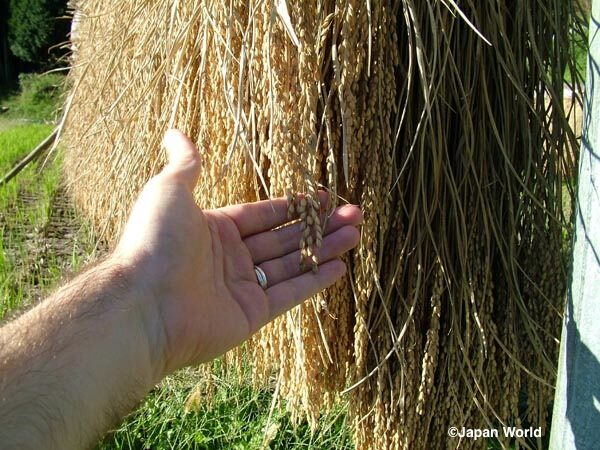Sassa Narimasa was born in Hira Castle (Currently the site of Kotsuji Temple, Nishi-Ku, Nagoya)
in 1536. He became a retainer of the Lord of Owari, Oda Nobunaga, at the age of 14 in 1550. During his time under Nobunaga, Narimasa showed great skill in commanding matchlock gunnery
troops, and was often assigned to lead the teppo-tai.

Narimasa was in the rear guard of Nobunaga’s forces at the Battle of Anegawa in 1570, and took
part in the Battle of Nagashino in 1575. Such were his feats of prowess, he was mentioned in the
Shincho Koki, the Chronicles of Nobunaga.
In 1575, Narimasa commenced construction of Komaru castle in Echizen (Fukui). Together with Maeda Toshiie and Fuwa Mitsuharu, Narimasa was ordered to suppress the Ikko-ikki revolts in
Echizen Province and restore the peace.
During Nobunaga’s fight against the Uesugi in 1580, Sassa was under the command of Shibata Katsuie and distinguished himself in battle. His reward in 1581 was Etchu Province, modern-day Toyama Prefecture, and 33,000 koku. An able administrator, once he had transferred to his new fief Narimasa wisely surveyed the lands and improved flood control within the domain. The ruins of the ‘Sassa Bank’, as the levee was called, still remains. While Komaru Castle in Etchu was abandoned with his transfer,
he instead made extensive renovations to Toyama Castle.

Following Nobunaga’s death in Kyoto, Sassa Narimasa backed Shibata Katsuie in the Battle of Shizugatake.
He later joined forces with Tokugawa Ieyasu in 1584 against Toyotomi Hideyoshi in the Battles of Komaki
and Nagakute. Following this skirmish, and on Ieyasu’ orders, on October 9, Sassa then attacked his former companion, Maeda Toshiie’s Suemori Castle on the Noto Peninsula, Ishikawa Prefecture, with 15,000 men.
The castle was held by Okumura Nagato. Sassa was defeated when Maeda Toshiie arrived late at night with reinforcements.
In 1585, Narimasa’s Toyama Castle came under siege by 100,000 of Hideyoshi’s samurai. The castle was
destroyed and Narimasa surrendered through mediation by Oda Nobuo.
Submitting to Hideyoshi, Narimasa’s wife and children were forced to relocate to Osaka, effectively as
hostages of Toyotomi Hideyoshi. Narimasa was then dispatched to Kyushu’s Higo Province, now Kumamoto, in 1587. A year later, due to his supposed inability to control an uprising, he was forced to commit seppuku
along with his two sons on the orders of Hideyoshi. Sassa Narimasa was 52 years old.
